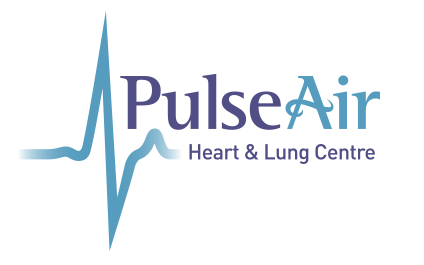You cannot see or smell radon gas, but it can be there, and it can be dangerous. Breathing in elevated levels of radon can raise your risk of developing lung cancer. Testing your home is the only way to know if there is radon present or not. Continue reading to learn more about why radon is dangerous, how to test for it and what to do if you think you have been exposed.
Why Is Radon Dangerous?
Radon can be found naturally in rocks and dirt in the ground and there is always some in the air around us. However, when the radon from the ground gets out and leaks into your house is when it becomes dangerous. When you breathe in radon, the radioactive particles can get trapped in your lungs and over time can cause lung cancer. The risk just depends on how much is in the air and how long you have been in contact with it. To eliminate the risk of being exposed to radon, you should test your house frequently.
How Do I Test for Radon?
Since radon cannot be smelled, the only way to know if it is present in your home is to test for it. You can either hire a professional or you can do it yourself with a kit. Follow the instructions for leaving the kit in your house for the required number of days and then just mail it to the lab and wait for your results. You can purchase a radon testing kit here or go to your hardware store.
What Do I Do If the Levels Are High?
If your radon test comes back and shows high levels, you can take steps to lower them. The most common way to lower radon levels is to have a vent pipe system and fan installed. This will pull radon from beneath the house and vent it outside.
It is also possible for radon to enter your home through your water supply. This does not pose as high a risk as radon from the ground but still needs to be taken care of. If you have a private well, you can have it tested for radon. If the levels are high, you can have the water supply treated so that there is no more radon in the water. If you do not have a private well and are concerned about radon, you can contact your supplier.
I Think I’ve Been Exposed – What Do I Do?
There is no medical test that can determine if you have been exposed to radon or not. If you think that you have, talk with your doctor about whether you should get regular health checkups and tests to look for signs of lung cancer. Symptoms you could look out for include shortness of breath, a new or worsening cough, pain or tightness in the chest, hoarseness or trouble swallowing.
If you smoke and you know that you have been exposed to radon, it is very important that you quit. The combination of radon and cigarette smoke will put you at a much higher risk of lung cancer than either smoking or radon alone.
Radon in your home can be a serious health risk. Do not let it go untreated or unnoticed as it is a problem that you can fix. If you have not tested your home for radon, get a test now or hire someone to test your house for you.


